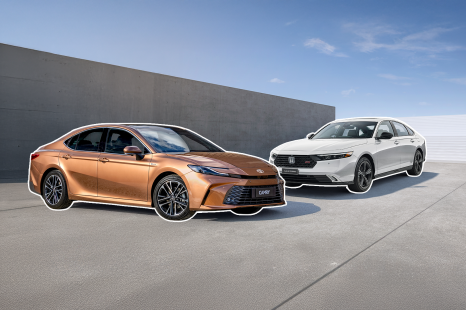

Andrew Maclean
2025 Honda Accord e:HEV RS vs Toyota Camry SL: Spec Battle
3 Months Ago

News Editor
The MG 5 is finally set to arrive in Australia, with government documents seen by CarExpert confirming it’s been approved for sale.
It’s set to go on sale in June or July, around the same time as the electric MG 4.
When it was first announced for Australia in late 2021, it had been earmarked for a late 2022 launch.
The small sedan will give MG a rival for the likes of the Hyundai i30, Kia Cerato, Mazda 3 and Toyota Corolla sedans. MG hasn’t occupied this segment since the MG 6 was discontinued in 2019.
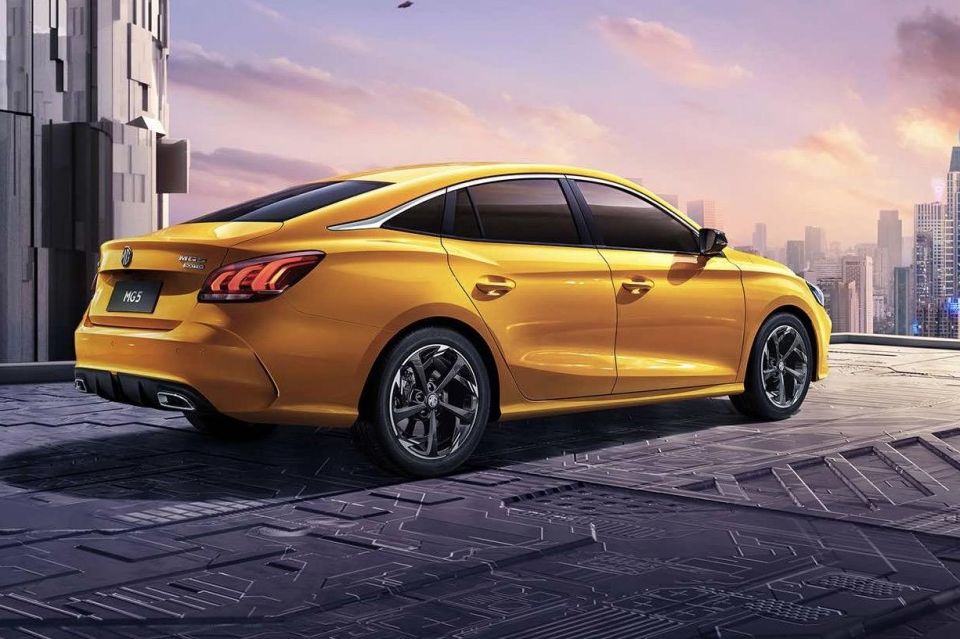
Unlike the electric MG 4 also due this year, the MG 5 – at least this MG 5, as there’s an unrelated electric wagon in Europe – will use a petrol powertrain.
The documents don’t reveal much, other than it’ll be available in two powertrain combinations: a 1.5-litre with a continuously variable transmission, and a 1.5-litre with a dual-clutch automatic.
While government approval documents sometimes list variants that don’t end up going on sale, MG says it is looking at both options.
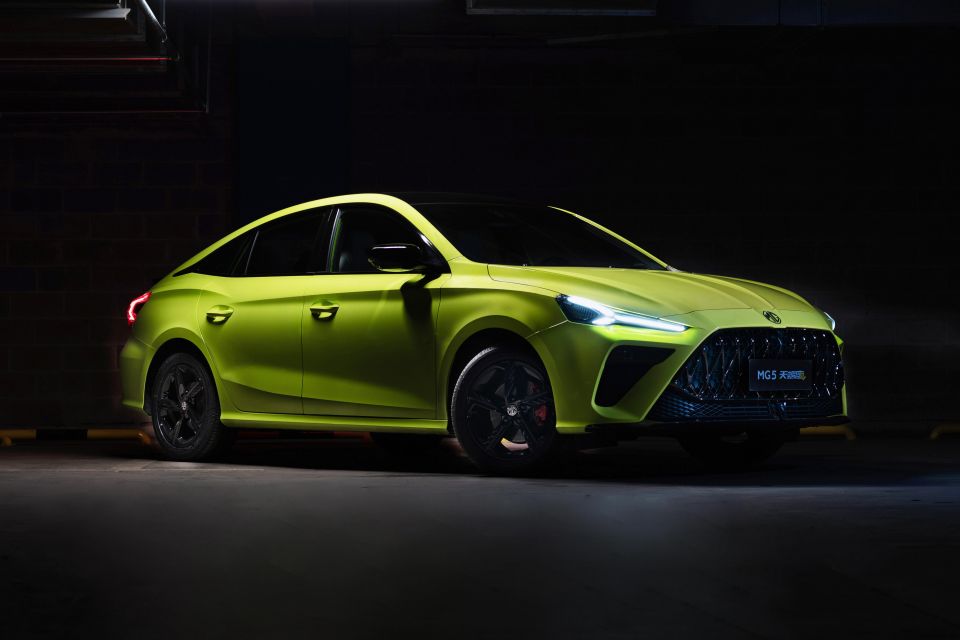
In the Chinese market, the front-wheel drive MG 5 is offered with a choice of a naturally aspirated 1.5-litre four-cylinder engine producing 88kW of power and 150Nm of torque or a turbocharged 1.5-litre with 127kW and 275Nm.
The less powerful engine is offered with a choice of five-speed manual or continuously variable transmissions, while the turbo mill features a seven-speed dual-clutch automatic.
The sportier-looking MG 5 Scorpio features a higher-output 133kW/285Nm tune of the turbocharged 1.5-litre four, with a claimed 0-100km/h time of 6.9 seconds.
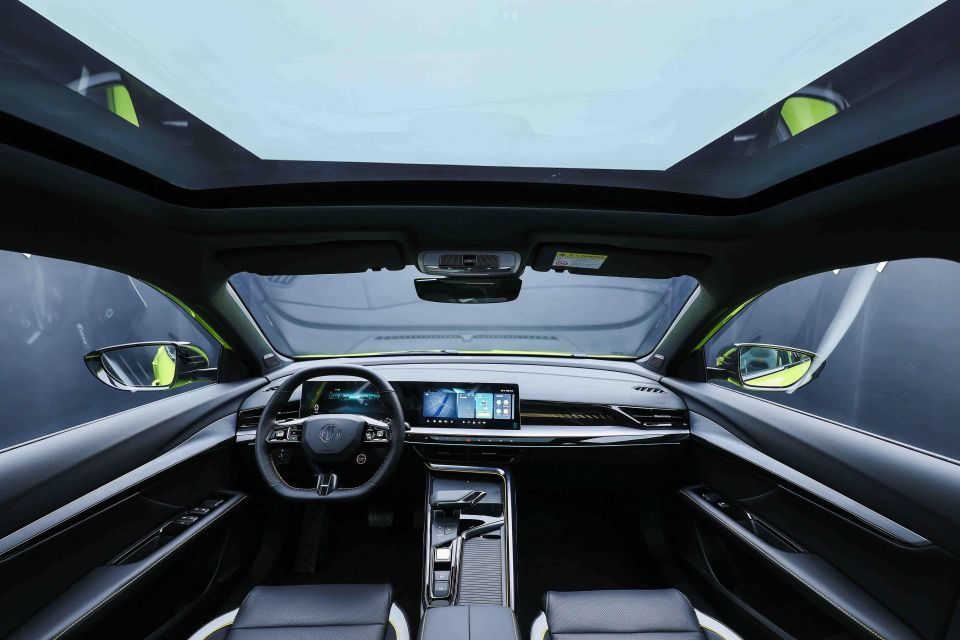
Though MG has previously indicated it would source the car from Thailand, it’s now understood to be coming from China.
At 4675mm nose to tail, the MG 5 is 45mm longer than the Corolla, and 14mm shorter than a Skoda Octavia liftback. That puts it at the larger end of the small car segment.
The Chinese-market MG 5 features a 10.25-inch touchscreen infotainment system and a standard 3.5-inch instrument cluster screen and available 12.3-inch digital instrument cluster, while the Scorpio has a restyled interior featuring dual 12.3-inch screens situated within the same assembly.
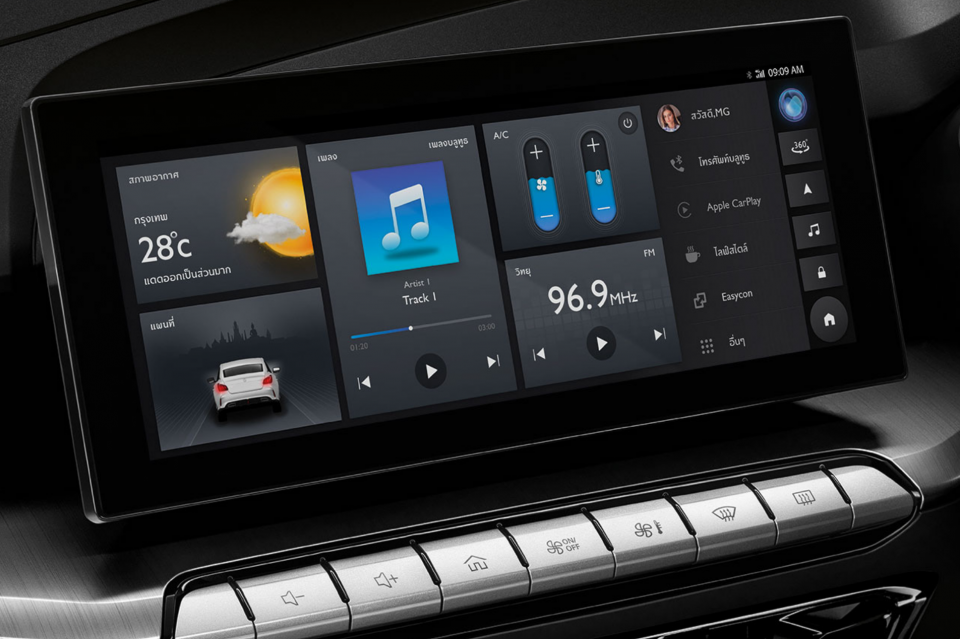
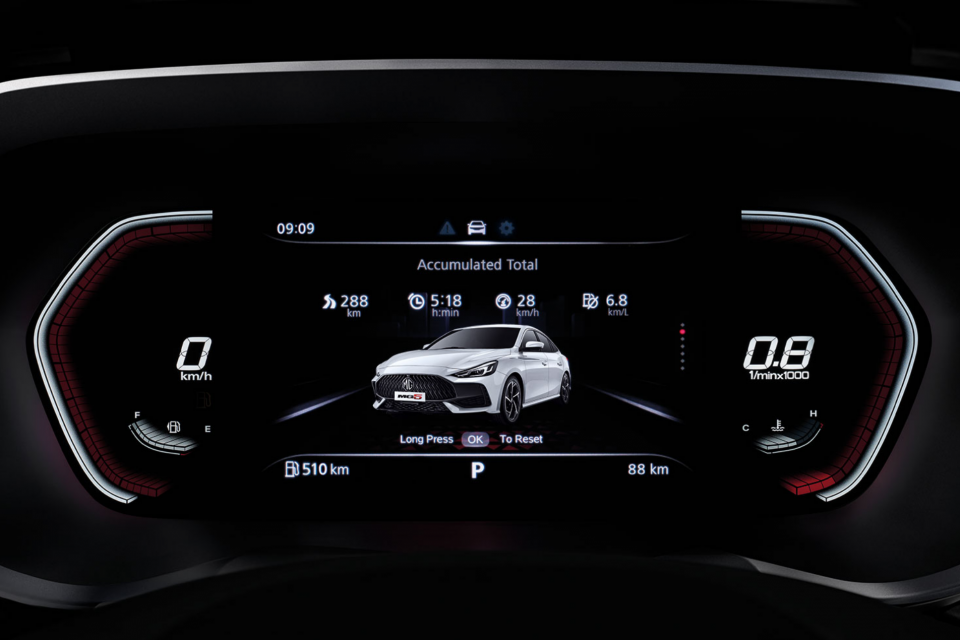
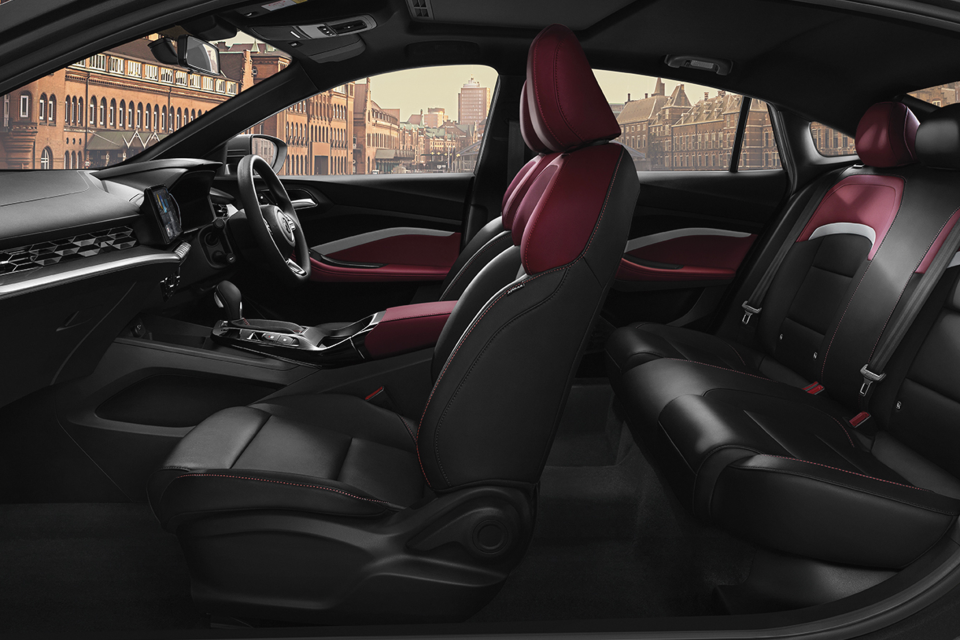
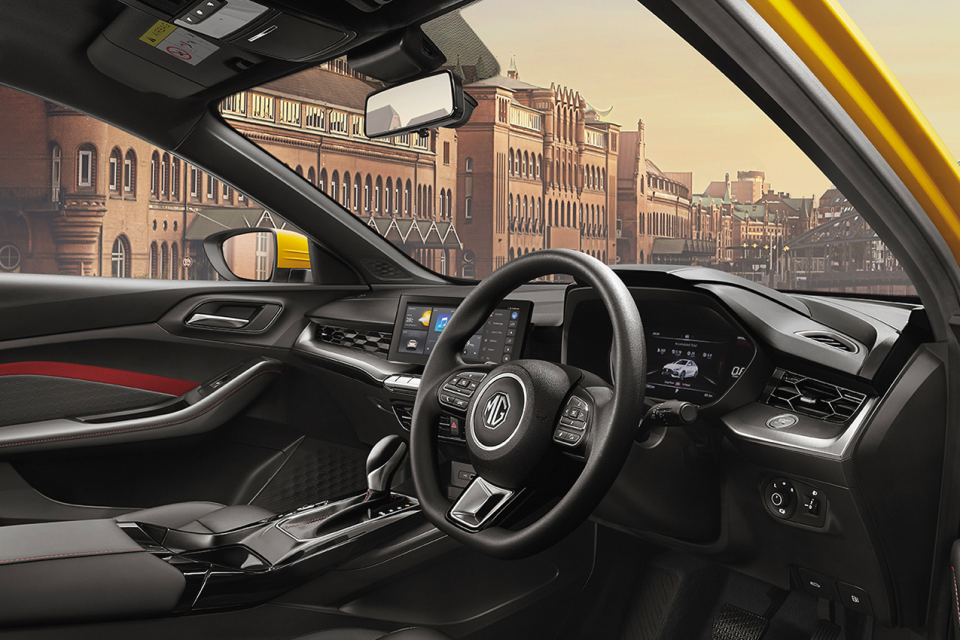
In contrast, MG Thailand specifies a 10-inch touchscreen and a 7.0-inch instrument cluster screen.
A full suite of active safety and driver assist technology is available, including autonomous emergency braking, adaptive cruise control, lane-keep assist, blind-spot monitoring, rear cross-traffic alert and a surround-view camera.
While sedan sales are declining every year now, the MG 5 will nevertheless give the newly minted top 10 sales player an incremental boost, and likely undercut all competitors.

MG currently sells only one passenger car in Australia in the ageing but hot-selling MG 3 hatchback. The ZS family of SUVs, including the electric ZS EV, is Australia’s top-selling small SUV, while the HS has carved out a chunk of the mid-sized SUV segment.
In contrast, it has the slightly larger MG 6 in China, as well as a new mid-sized sedan called the MG 7. That gives MG more passenger cars than SUVs in its home market.
The company confusingly sells two different vehicles globally under the MG 5 name: the new sedan, which entered production in 2020, and an electric wagon based on the Chinese-market Roewe ei5.
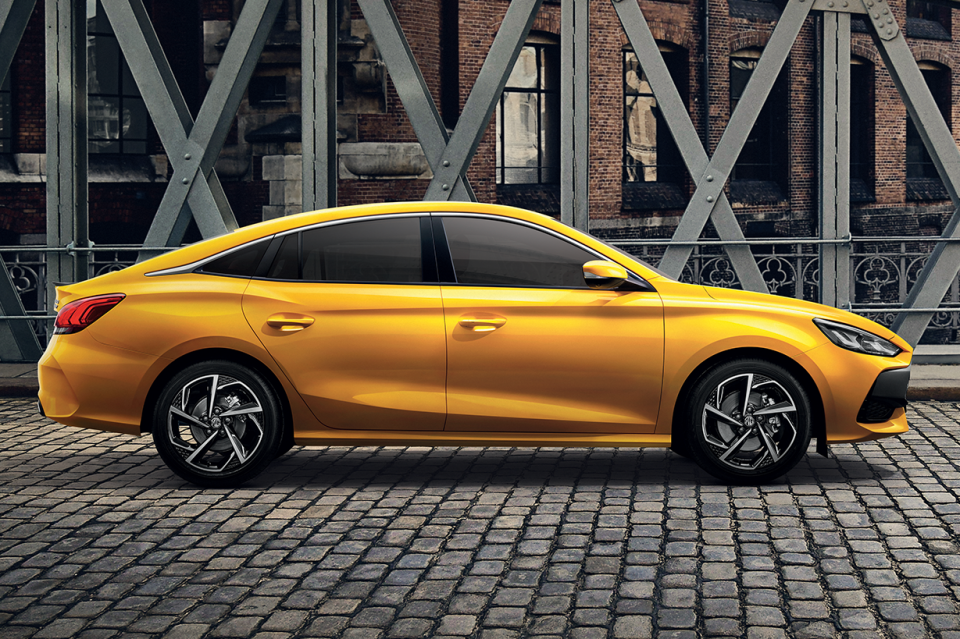
MG has been known to sell vehicles under different names outside of China. That previously mentioned MG 4 Electric is called the MG Mulan in China, for example.
The upcoming introduction of the MG 5 – or whatever it’ll be called – sees the brand return to the Australian small car segment.
The almost mid-sized MG 6 sedan and hatch were introduced here as part of the brand’s unsuccessful first launch under Chinese ownership in 2013, and the hatch was part of the brand’s more successful relaunch in 2016.
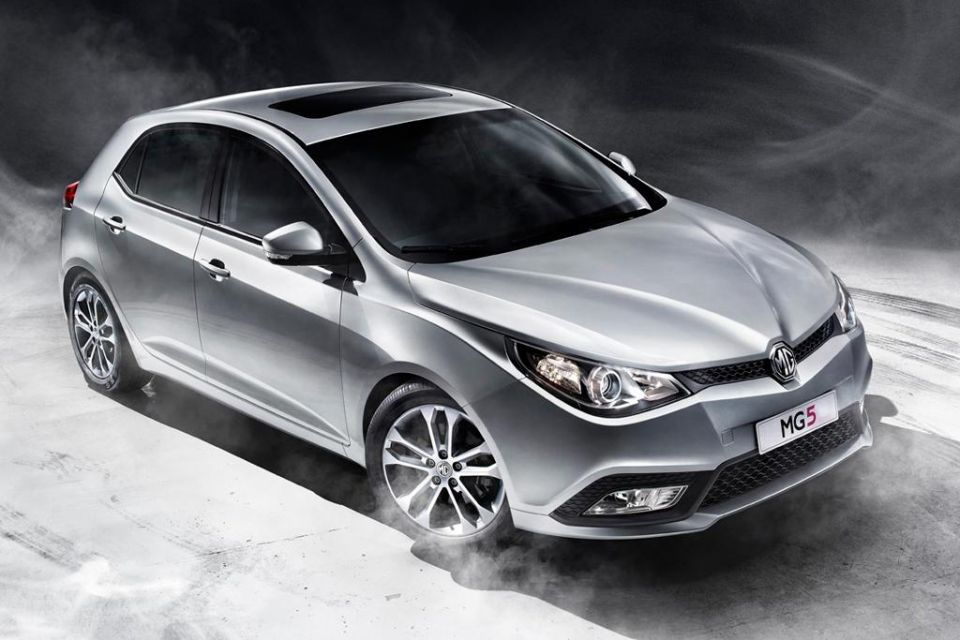
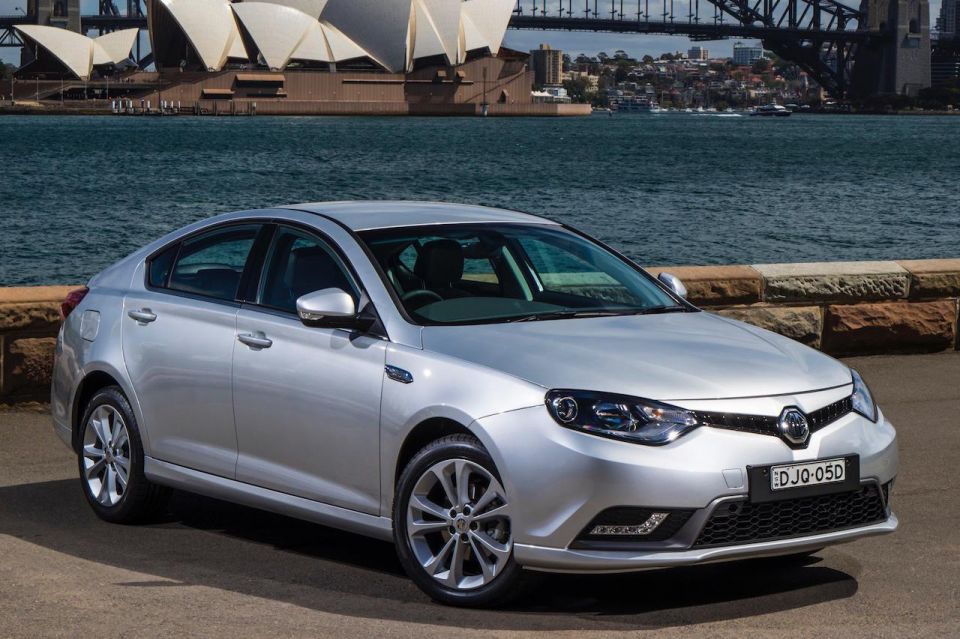
Featuring underpinnings that could be traced back to the Rover 75, the MG 6 (later MG 6 Plus) wasn’t as popular as the brand’s other models. Just 900 were sold between 2017 and 2019, when it was discontinued.
We didn’t get the first-generation MG 5 here, which was a small hatchback sold in China from 2012 to 2018.
Where expert car reviews meet expert car buying – CarExpert gives you trusted advice, personalised service and real savings on your next new car.
William Stopford is an automotive journalist based in Brisbane, Australia. William is a Business/Journalism graduate from the Queensland University of Technology who loves to travel, briefly lived in the US, and has a particular interest in the American car industry.


Andrew Maclean
3 Months Ago
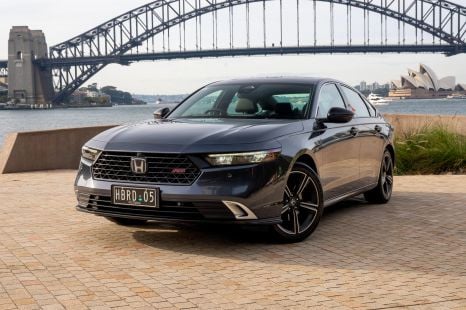

Andrew Maclean
2 Months Ago
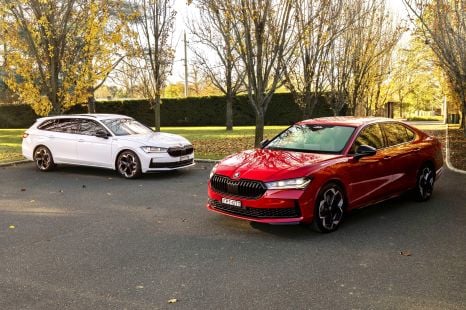

Max Davies
2 Months Ago
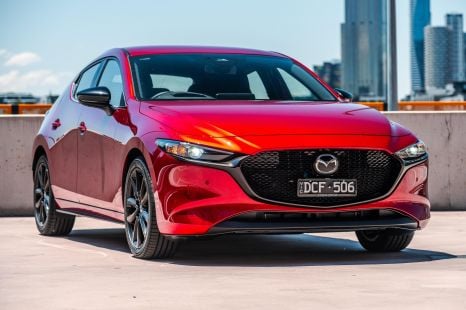

Josh Nevett
2 Months Ago


Josh Nevett
1 Month Ago


James Wong
1 Month Ago